First Lieutenant Louise Toki Nagao Aleong
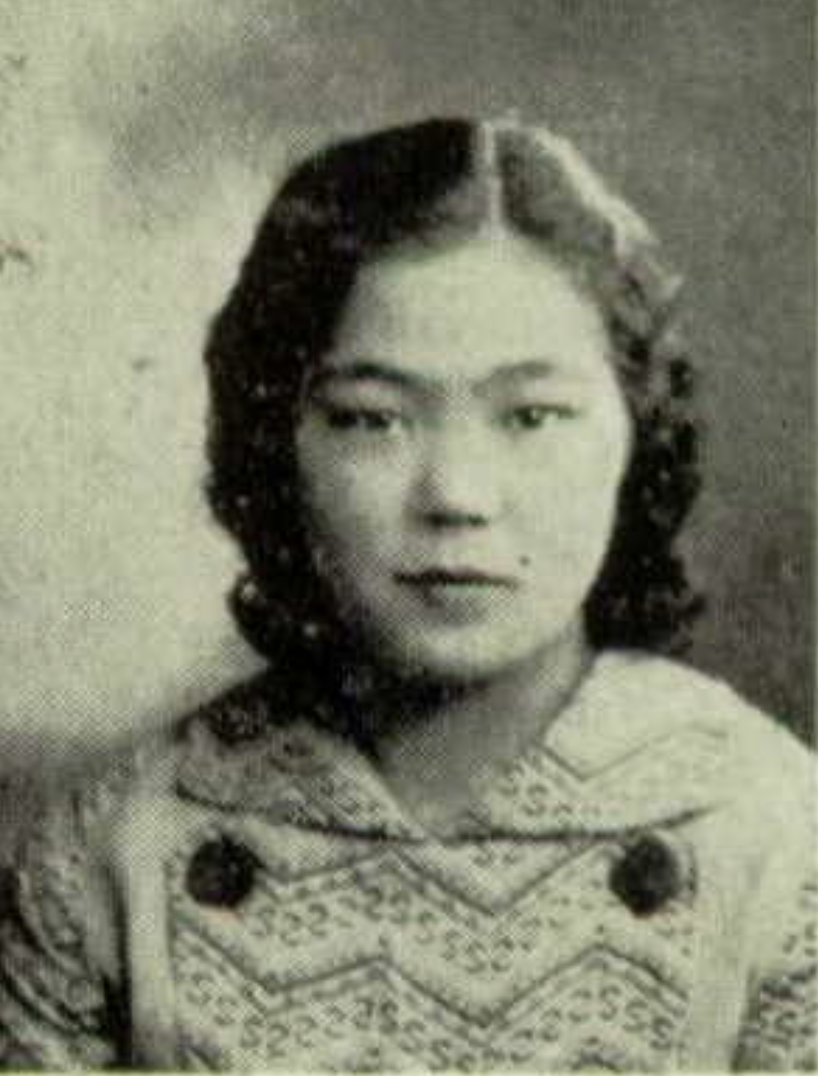
- Unit: 382nd General Hospital
- Date of Birth: July 29, 1916
- Entered the Military: March 12, 1951
- Date of Death: August 14, 1973
- Hometown: Mountain View, California
- Place of Death: Washington, D.C.
- Cemetery: Section S, Grave 883. National Memorial Cemetery of the Pacific, Honolulu, Hawaiʻi
Mentored by Mrs. Amy Boehning
Hawaiʻi Technology Academy
2024/2025
Early Life
Born to Japanese Immigrants
First Lieutenant Louise Toki Nagao Aleong was born on July 29, 1916, in San Francisco County, California, to parents who emigrated from Japan to build a new life. San Francisco, home to one of the largest Japanese communities in the U.S., was notable for having several Japantowns within the city.
Her father, Henry Tsunejiro Nagao, initially worked as a barber and waiter before marrying Hana Nakamura, a picture bride from Okayama Prefecture, Japan. The couple eventually found work on a farm in Mountain View, outside the city, and started their family. There, they harvested vegetables and berries to support their eight-member family. Louise had four younger sisters and one brother.
Education and Nursing
Aleong and her siblings attended Fremont Elementary and Middle School in Mountain View. She was an active member of both the Spanish and Latin clubs at school. She graduated from Mountain View Union High School in 1934 and went on to attend San Jose State College and the Santa Clara County Nurses Training School, where she began serving her community after graduating.
Japanese American Community Interned
Before 1942, the Japanese-American community in Mountain View thrived in the local Japantown, located south of San Francisco. This farming center, situated near Dana and View Streets, was known for its flower-growing industry. The area was part of the agricultural Santa Clara Valley, also known as the “Valley of Heart’s Delight.”
During World War II, the Nagao family was relocated first to the Santa Anita race track in Arcadia, California, from March 27 to October 27, 1942, and then to the Heart Mountain Relocation Center in Wyoming for the remainder of the war. During this time, Aleong likely worked as a nurse outside of the camp.
After the war, she returned to Santa Clara County, where she was appointed superintendent of nurses at the county hospital in San Jose. She lived on the Mountain View farm with her family.

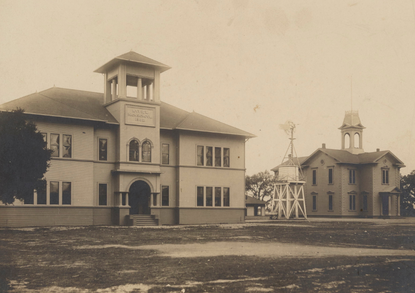
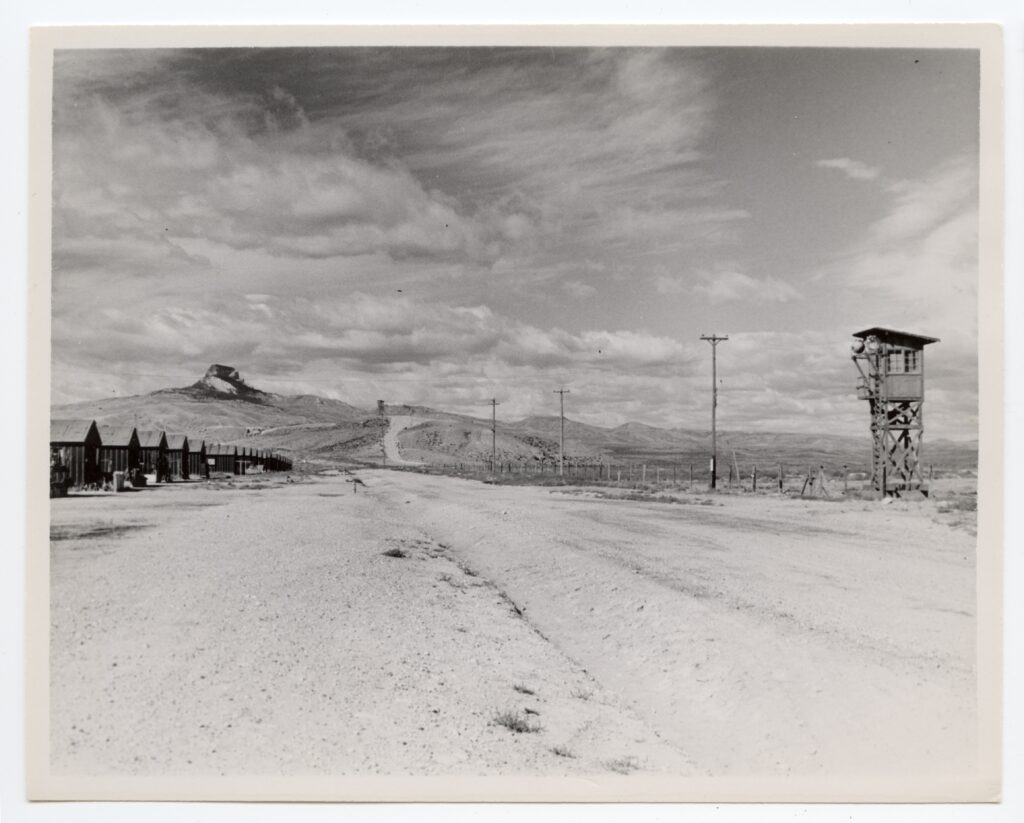
Homefront
Mountain View, California Transformation
During the Korean War, Mountain View, California played a significant role in supporting the military while also experiencing considerable community changes. The area with strong agricultural roots was part of Santa Clara Valley, where Japanese American farmers transformed barren land into lush farmlands. However, after World War II, the area began to change as new challenges emerged. Many Japanese American farming families faced the struggles of rebuilding their lives after internment.
The Future Silicon Valley Seeds
By the 1950s, the region saw rapid growth, partly driven by the postwar technology boom, with companies like Fairchild Semiconductor emerging from Mountain View.
During World War II, military infrastructure developed in the area. Moffett Federal Airfield became a crucial site during the Korean War, housing several Navy squadrons and supporting fighter aircraft. The area played an essential role in food production, military support, and the growing technology industry that would later define the region. By the late 1940s and early 1950s, Mountain View was rapidly evolving, setting the stage for its future as Silicon Valley.
Santa Clara Hospital
Additionally, the Santa Clara County Hospital in San Jose, where Aleong worked, served as a key healthcare facility during this time, providing medical care for both civilians and military personnel.
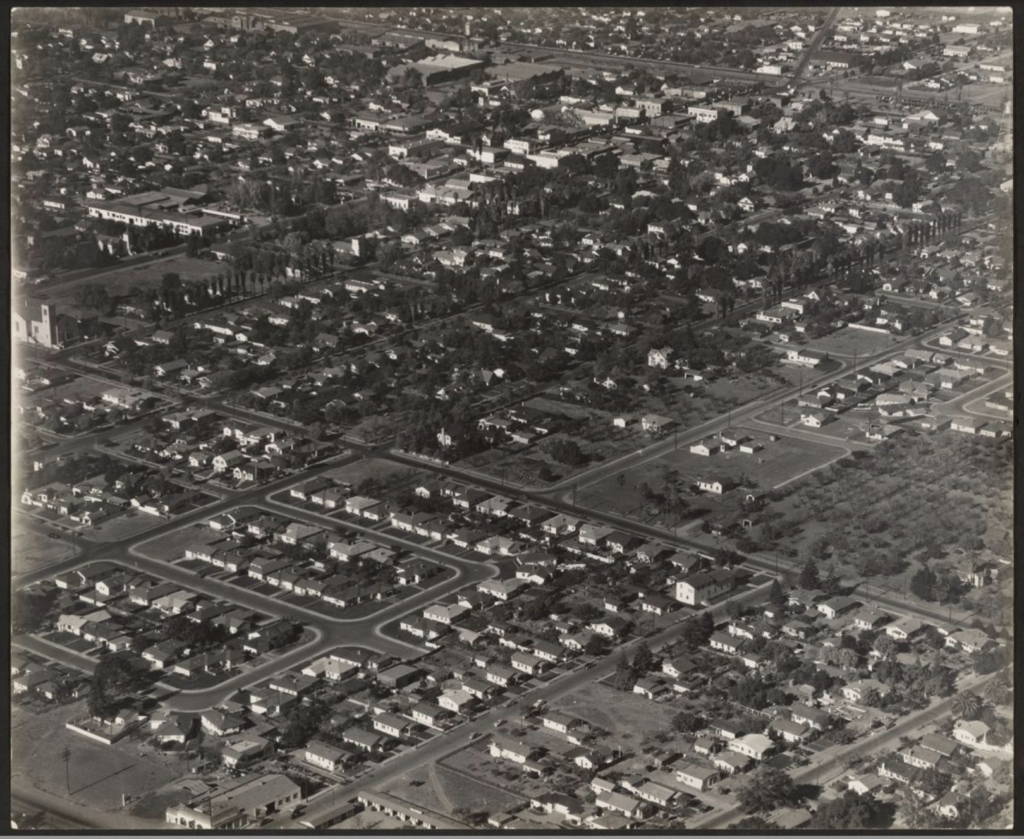
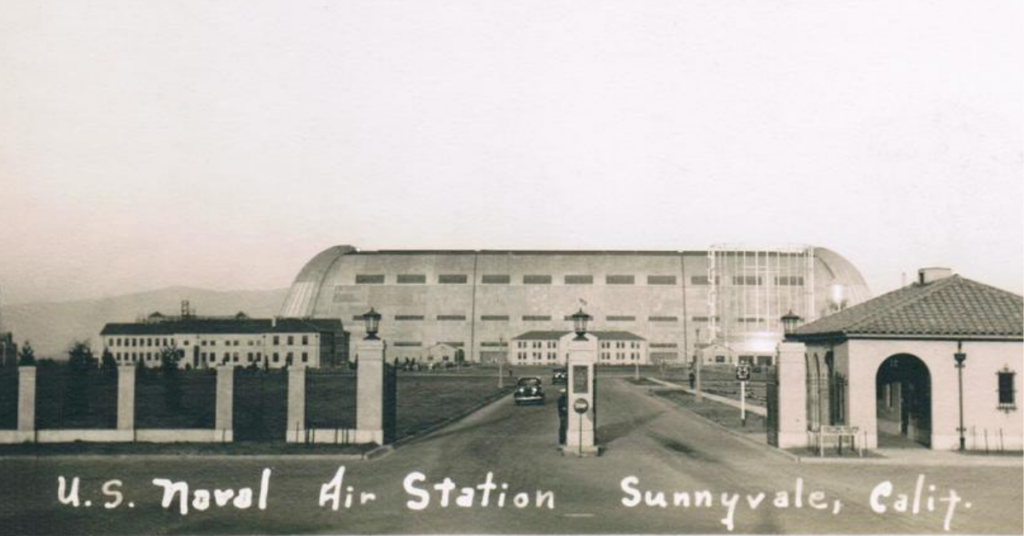
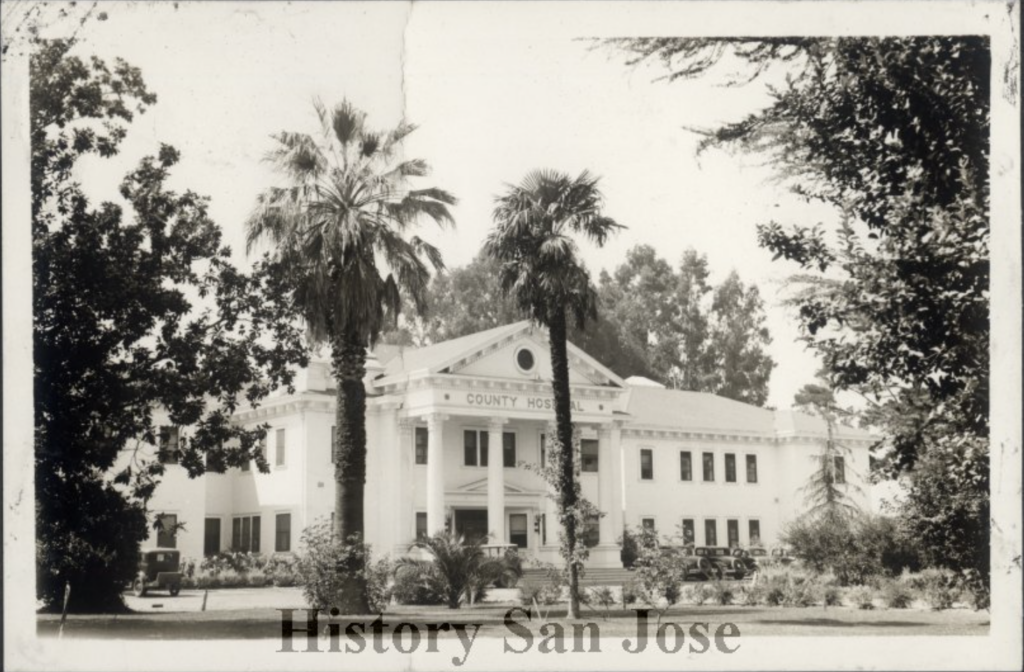
Military Experience
U.S. Army Reserve Nurse
Following World War II, Aleong served as a member of the U.S. Army Reserve. She may have served with the 63rd Readiness Division, headquartered in Mountain View, California.
Fort Lewis
In March 1951, Aleong was called to active duty as a U.S. Army nurse and stationed at Fort Lewis, Washington. With the onset of the Korean War, enlisted reservists were recalled to active service, arriving at Fort Lewis in large numbers. Reception personnel worked tirelessly on a 24-hour schedule to process the incoming troops. Fort Lewis served as a critical hub, with many soldiers, including Aleong’s future husband, passing through on their way to the Korean War. Reservists received refresher training to prepare them for deployment.
382nd General Hospital, Japan
While some U.S. Army nurses were assigned to Mobile Army Surgical Hospitals (M.A.S.H.) on the front lines, many others, including Aleong, were stationed at hospitals in Japan. These facilities cared for thousands of wounded soldiers evacuated from the Korean peninsula. During the war, Japan served as a vital location for medical treatment, with a significant number of American military nurses working to stabilize and rehabilitate war casualties. Aleong was assigned to the 382nd General Hospital in Konoaka, Japan, where she served for several years. On July 31, 1954, she was honorably discharged from the U.S. Army.
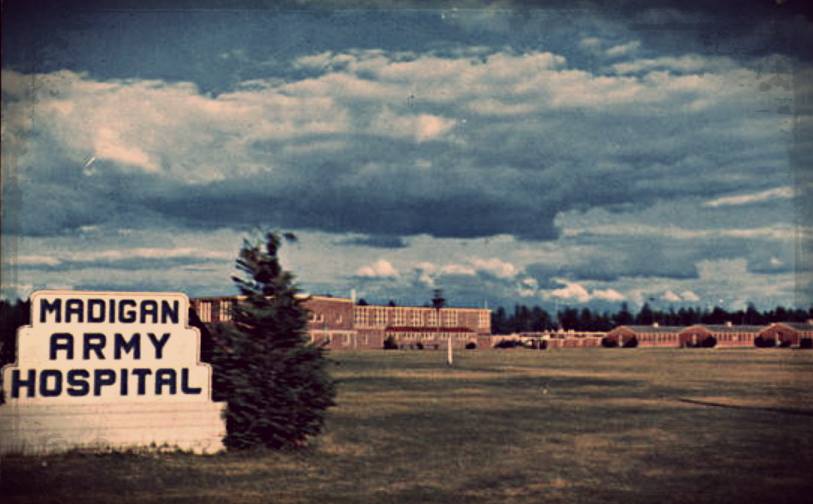
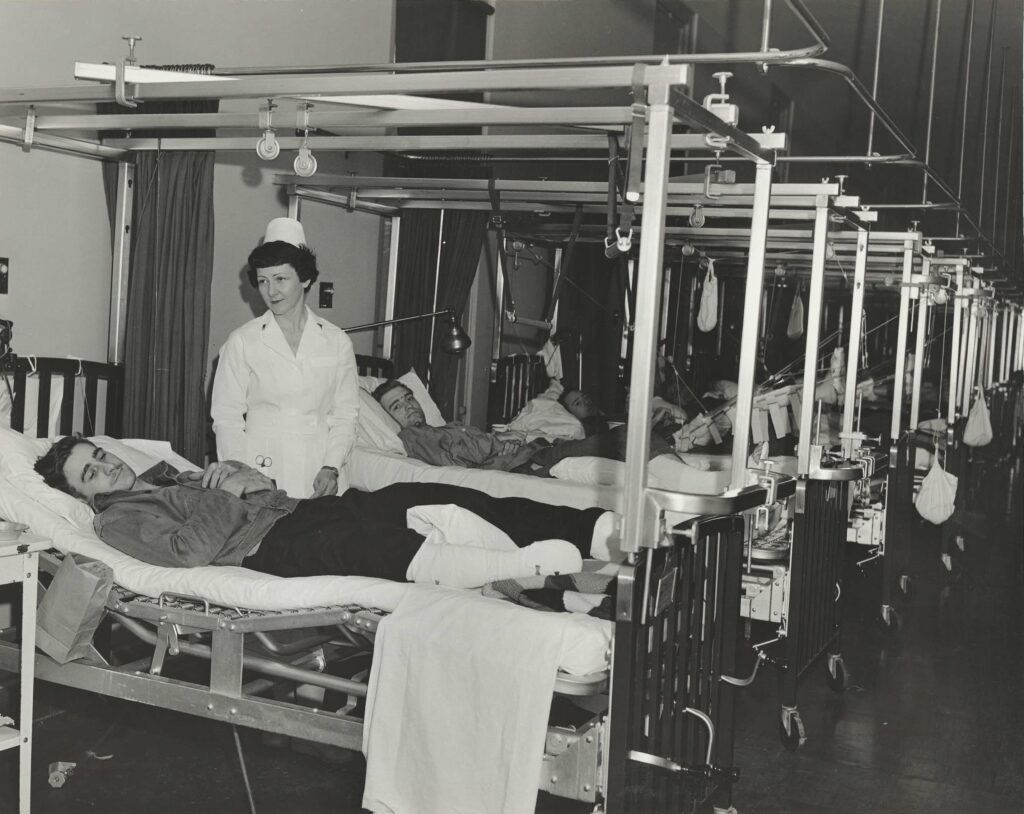
Veteran Experience
Life as a Military Spouse
In 1955, Louise Nagao married Fletcher Aleong, a U.S. Army officer from Hawaiʻi who served in Korea. The couple began their life together in Hawaiʻi.
Throughout Fletcher’s military career, Louise accompanied him to various duty stations, including Fort Ord in California, Fort Meade in Maryland, and Thailand. Fletcher later served in Vietnam and was reassigned to Fort Meade before taking a position at the Pentagon. During this time, they settled in Vienna, Virginia, where they made their home.
Spreading Aloha Through the Hawaiʻi State Society of Washington, D.C.
Louise embraced her husband’s Hawaiian culture and became an active member of the Hawaiʻi State Society of Washington, D.C. (HSS). Founded in 1950, HSS was created to provide a sense of community for people from Hawaiʻi living in the Washington, D.C., area. The organization fostered connections among its members while promoting the Aloha spirit.
HSS hosted events such as lūʻaus, welcomed visiting Hawaiʻi dignitaries, and participated in cultural celebrations, including selecting princesses for the National Cherry Blossom Festival. Louise’s involvement in the society reflected her dedication to sharing and preserving Hawaiʻi’s rich cultural heritage.
Commemoration
First Lieutenant Louise Toki Nagao Aleong passed away on August 14, 1973, in Washington, D.C. She was laid to rest at the National Memorial Cemetery of the Pacific in Oʻahu, Hawaiʻi, a fitting tribute to her life of service and connection to the islands. Her husband, Fletcher, was buried beside her when he passed in October 2011.
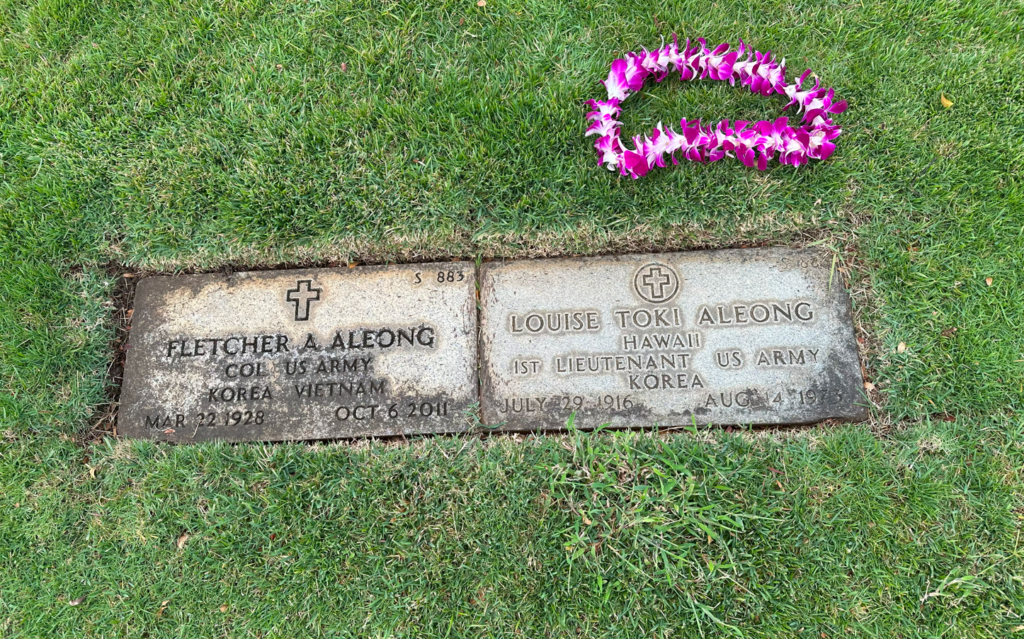
Bibliography
Primary Sources
California. Santa Clara County. 1920 U.S. Census. Digital images. ancestry.com.
California. Santa Clara County. 1930 U.S. Census. Digital images. ancestry.com.
California. Santa Clara County. 1940 U.S. Census. Digital images. ancestry.com.
California. Santa Clara County. 1950 U.S. Census. Digital images. ancestry.com.
Downtown Mountain View, 1950s. Photograph. c.1950-1955. Mountain View Public Library (aerial21). https://californiarevealed.org/do/149512c2-fd8d-44a1-ab59-3409c45680af#page/1.
Final Accountability Roster at Relocation Centers, Heart Mountain Relocation Center, December 31, 1944. ancestry.com.
“Former SC County Nurse: Rites set for Louise Aleong.” The Peninsula Times Tribune [Palo Alto, California], August 17, 1973. Newspapers.com (840585837).
“H. T. Nagao, long-time MV resident, dies.” The Peninsula Times Tribune [Palo Alto, California], August 23, 1955. Newspapers.com (994010883).
“Hana Nagao final rites in Mtn. View.” The Peninsula Times Tribune [Palo Alto, California], May 5, 1978. Newspapers.com (156734557).
Hana Nagao. U.S., Index to Alien Case Files,1944-2003. Digital Images. ancestry.com.
Hana Nagao. U.S., Japanese Americans Relocated During World War II, 1942-1946. Digital Images. ancestry.com.
Hana Nakamura Nagao in the California, U.S., Death Index, 1940-1997. Digital Images. ancestry.com.
Henry Tsunejiro. U.S., Final Accountability Rosters of Evacuees at Relocation Centers, 1942-1946. Digital images. ancestry.com.
High School and Public School Buildings–Mountain View, California. Postcard. c.1901-1907. History of San Jose (1997-225-349). https://historysanjose.pastperfectonline.com/archive/82D6F286-5412-49E3-A35E-153038257011.
Louise Toki Aleong, Record of Interment. National Cemetery Administration, U.S. Department of Veterans Affairs.
Louise Toki Nagoa. California, U.S., Arriving Passenger and Crew Lists, 1882-1959. Digital Images. ancestry.com.
Moffett Field 1930. Photograph. Moffett Field Museum. https://www.moffettfieldmuseum.org/exhibits.html.
Mountain View Union High School Yearbook 1934. U.S., School Yearbooks, 1880-2012, Digital Images. ancestry.com.
Mountain View Orchard. Photograph. c.1900. Mountain View Public Library (PHA R7 3). https://californiarevealed.org/do/8094e666-dfda-4177-abc4-6f7ed865f666#page/1.
Okumoto, Yoshio. Edge of camp view of Heart Mountain with guard tower and barracks. Photograph. Densho Digital Repository (ddr-hmwf-1-229). https://ddr.densho.org/ddr-hmwf-1-229/.
Santa Clara County Hospital. Photograph. c.1929-1936. Santa Clara Valley Medical Center Historical Society, History San Jose. https://historysanjose.pastperfectonline.com/photo/C7ACF6CA-DB33-471E-9DA8-578136780217.
Tsunejiro Nagao. U.S., World War I Draft Registration Cards, 1917-1918. Digital images. ancestry.com.
Secondary Sources
“Beginnings of San Francisco’s Japantown 1890-1920.” Nihonmachi: The History of Northern California Japantown’s Digital Exhibit. Accessed October 1, 2024. https://japantowns.omeka.net/exhibits/show/japantown-exhibits/early-san-fran-japantown.
Chong, Raymond Douglas. “Mountain View Japantown–A farming center pre-Silicon Valley.” AsAm News, September 22, 2024. https://asamnews.com/2024/09/22/lost-kinjo-santa-clara-valley-valley-of-the-heart/.
“Did you know that the Santa Anita Park was a temporary detention center for Japanese-Americans during World War II?” Santa Anita Detention Center. Accessed October 9, 2024. https://santaanitadetentioncenter.com/.
“Exhibits.” Moffett Field Museum. Accessed January 21, 2025. https://www.moffettfieldmuseum.org/exhibits.html.
Feller, Carollyn M., Ed. Highlights in the History of the Army Nurse Corps. US Army Center for Military History, 1995. https://www.history.army.mil/html/books/085/85-1/CMH_Pub_85-1.pdf.
Fung Associates, Inc. Hawaii Modernism Context Study. November 2011. Hawaii Historic Foundation, 2011. https://historichawaii.org/wp-content/uploads/HawaiiModernismContextStudy_Nov2011.pdf.
“Louise Toki Aleong.” Veterans Legacy Memorial. Accessed January 21, 2025. https://www.vlm.cem.va.gov/LOUISETOKIALEONG/2EA95C2.
“Louise Toki Nagao Aleong.” Find a Grave. Updated June 23, 2013. Accessed January 21, 2025. https://www.findagrave.com/memorial/112776487/louise-toki-aleong.
“Heart Mountain.” Densho Encyclopedia. Accessed October 1, 2024. https://encyclopedia.densho.org/Heart_Mountain/.
“Interpretive Center.” Heart Mountain WWII Japanese American Confinement Site. Accessed October 1, 2024. https://www.heartmountain.org/about/interpretive-center/.
“Our History.” Mountain View Buddhist Temple. Accessed October 9, 2024. https://mvbuddhisttemple.org/about-mvbt/our-history/.
“Santa Anita (detention facility).” Densho Encyclopedia. Accessed October 1, 2024. https://encyclopedia.densho.org/Santa_Anita_(detention_facility)/.
Smith, Susan L. “Women Health Workers and the Color Line in the Japanese American ‘Relocation Centers’ of World War II.” Bulletin of the History of Medicine 73, no. 4 (1999): 585–601. http://www.jstor.org/stable/44446033.
“Short History of Military Nursing : Korean War, 1950-1953.” Researching Guide. Ebling Library, Health Sciences Learning Center, University of Wisconsin-Madison. https://researchguides.library.wisc.edu/c.php?g=860714&p=6167915.
“Women in the Korean War Era.” Military’s Women Memorial. Accessed January 21, 2025. https://womensmemorial.org/curators-corner/1503-2/.
This profile was funded by a grant from the United States Department of Veterans Affairs. The opinions, findings, and conclusions stated herein are those of the author and do not necessarily reflect those of the United States Department of Veterans Affairs.

